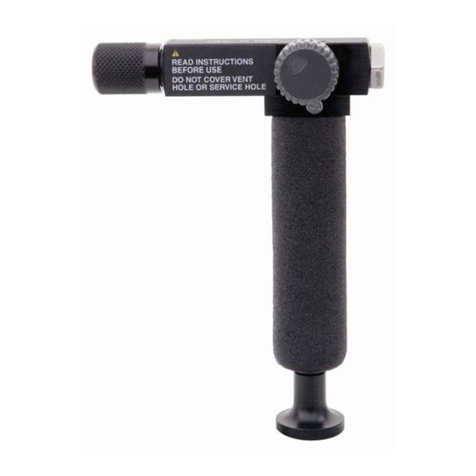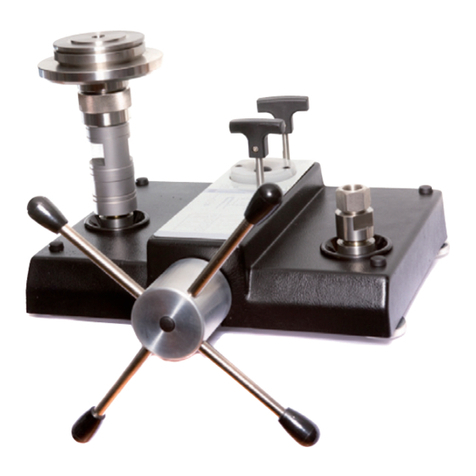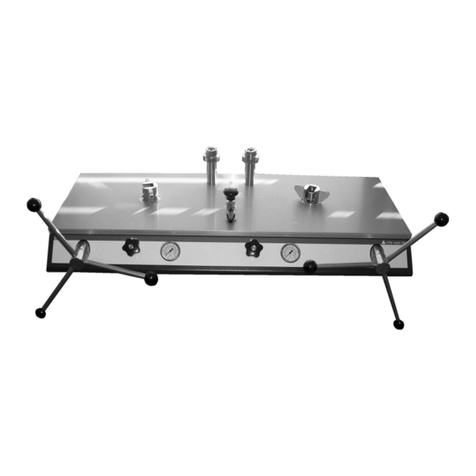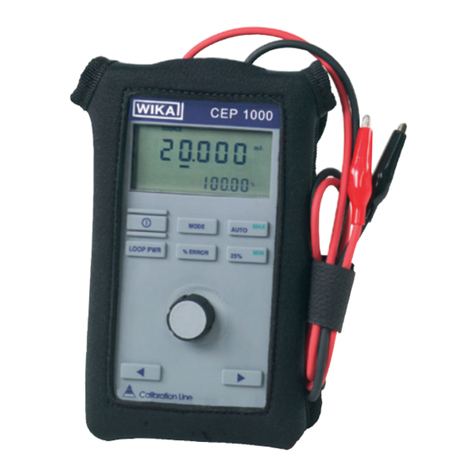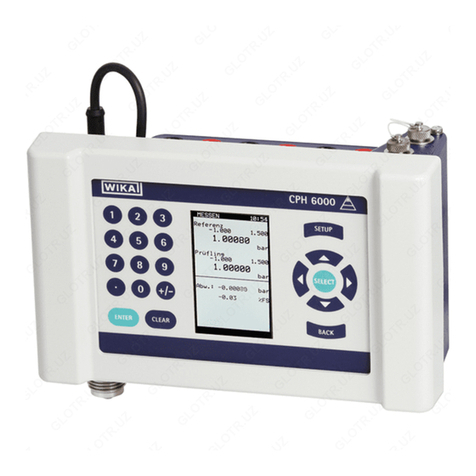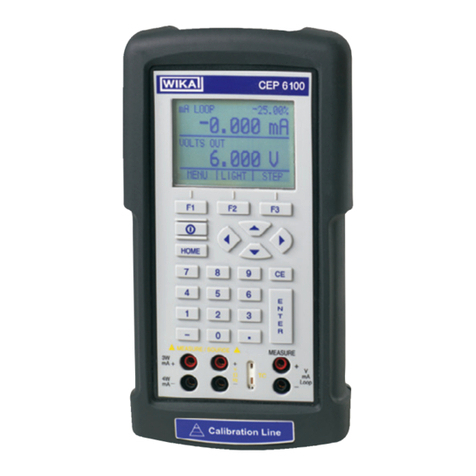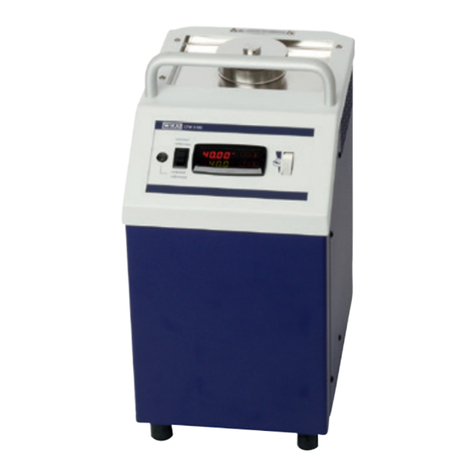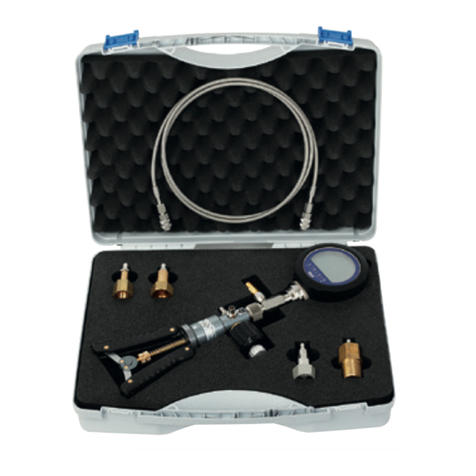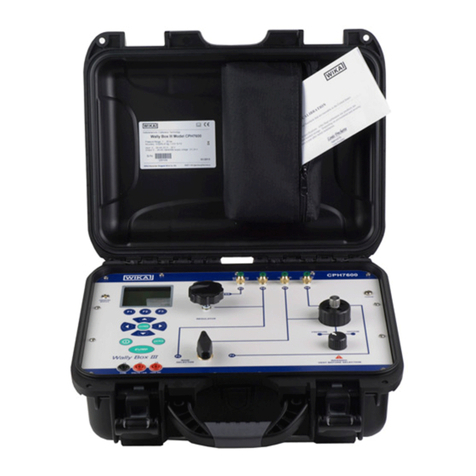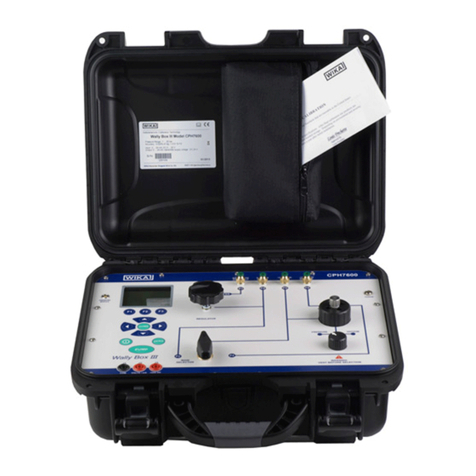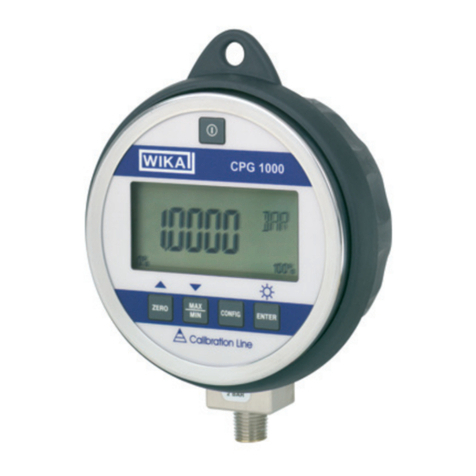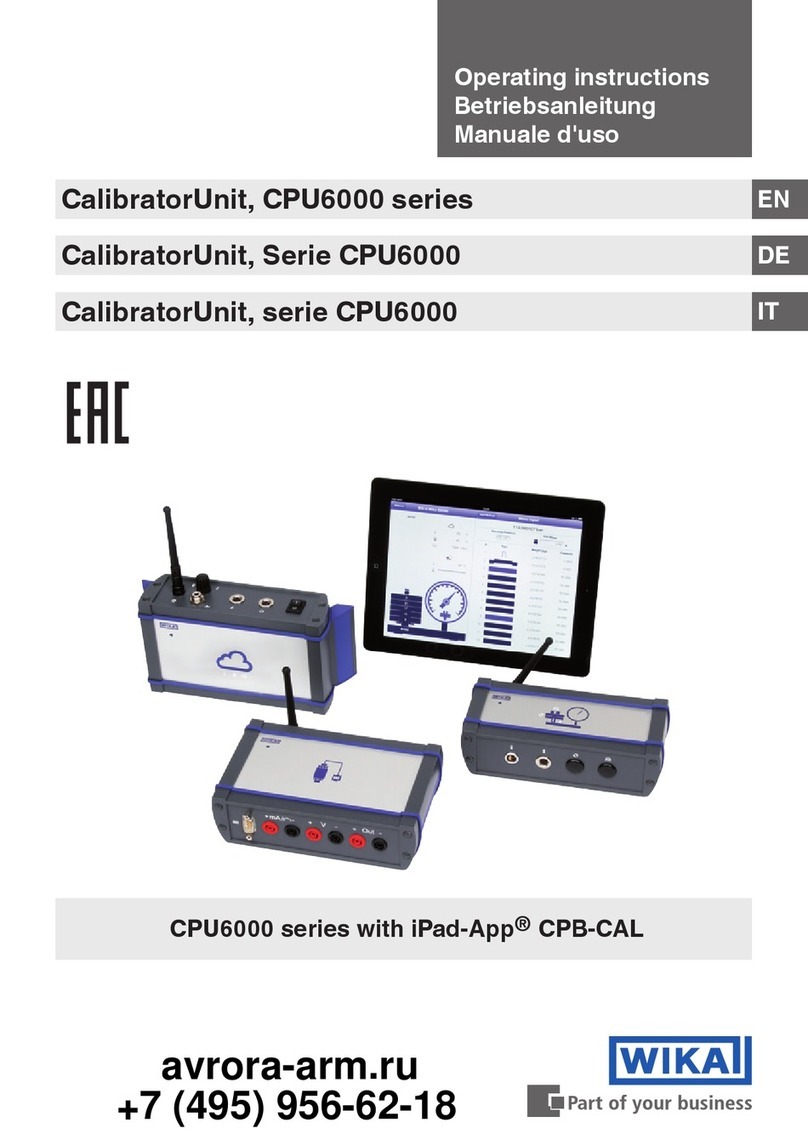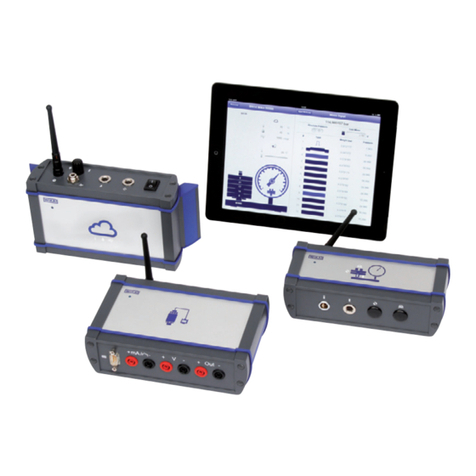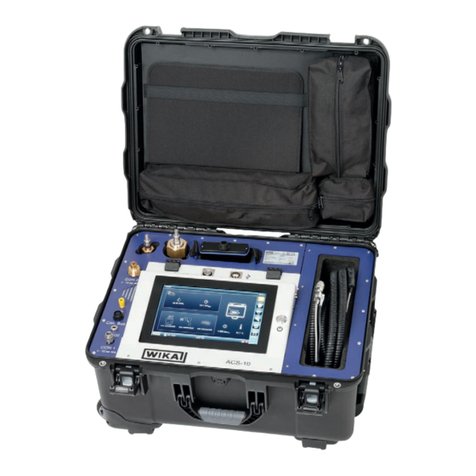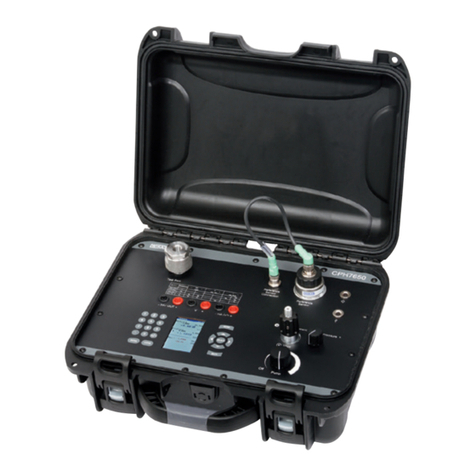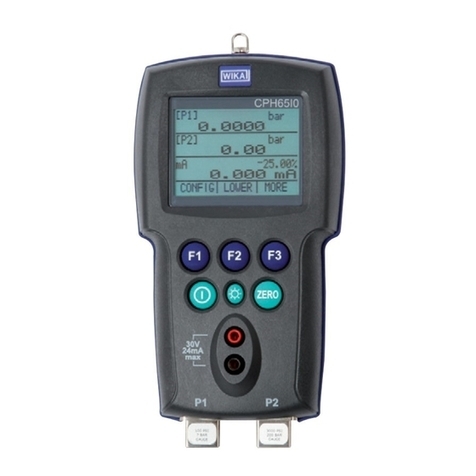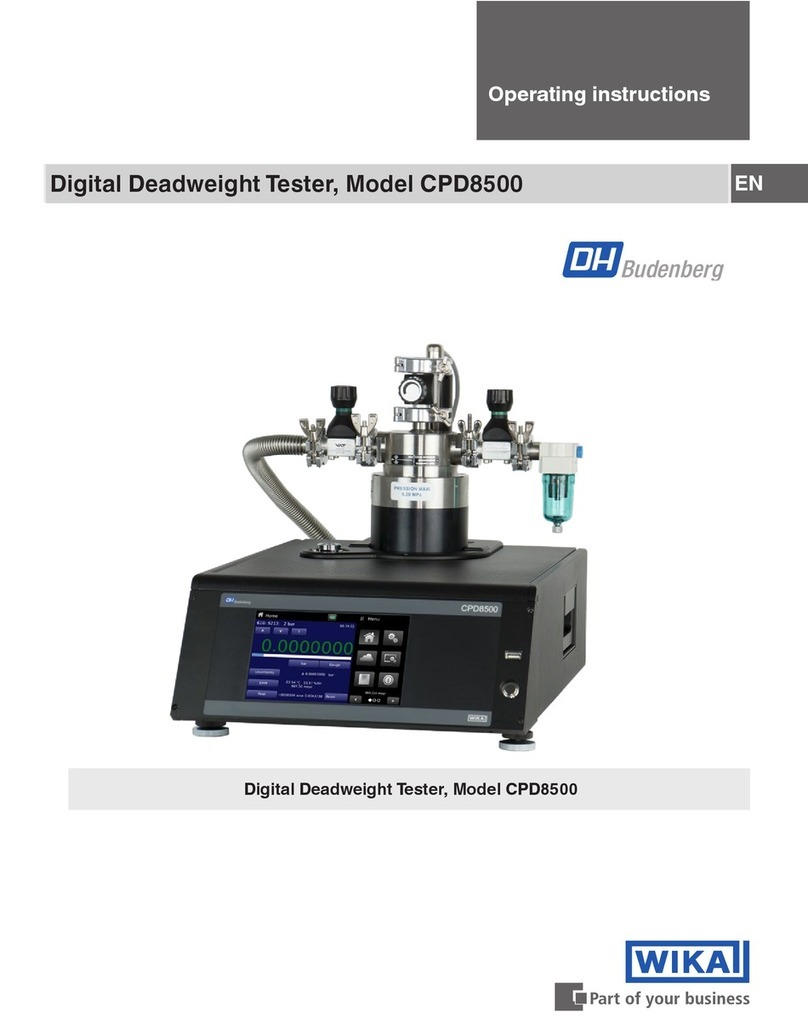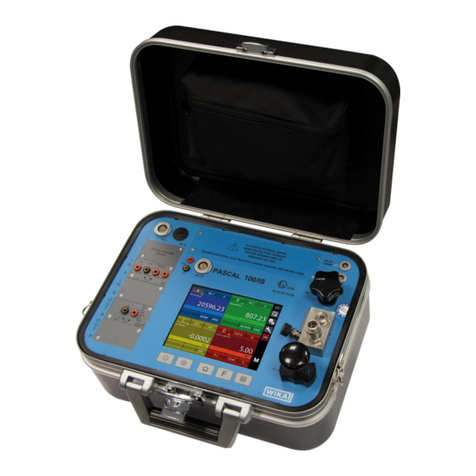Comparison Test Pump GB
CPP 3000-X / CPP 5000-X / CPP 7000-X
WIKA Operating Instructions Comparison Test Pump Version 2.1 3
C
C
Co
o
on
n
nt
t
te
e
en
n
nt
t
ts
s
s
1. General........................................................................................................................................... 4
1.1 General instructions.................................................................................................................... 4
1.2 Safety instructions...................................................................................................................... 5
2. Product description....................................................................................................................... 6
2.1 General product information...................................................................................................... 6
2.2 Arrangement of control elements CPP 3000-X / CPP 5000-X and CPP 7000-X..................... 7
3. Commissioning and operation..................................................................................................... 8
3.1 Preparation................................................................................................................................... 8
3.1.1 Setting up the device............................................................................................................... 8
3.1.2 Connecting the test specimen and the reference instrument............................................. 9
3.1.3 Venting the system................................................................................................................. 10
3.2 Operation.................................................................................................................................. 11
3.2.1 Increasing the pressure......................................................................................................... 11
3.2.2 Reducing the pressure.......................................................................................................... 12
3.3 Disassembly...............................................................................................................................12
4. Troubleshooting measures........................................................................................................ 13
5. Maintenance................................................................................................................................. 15
5.1 Wear parts.................................................................................................................................. 15
5.2 Changing the hydraulic oil....................................................................................................... 15
5.2.1 Removing hydraulic oil.......................................................................................................... 15
5.2.2 Filling in of hydraulic oil........................................................................................................ 16
5.2.3 Venting of the system (after complete filling only)............................................................. 16
6. Specifications.............................................................................................................................. 17
7. Accessories................................................................................................................................. 19

